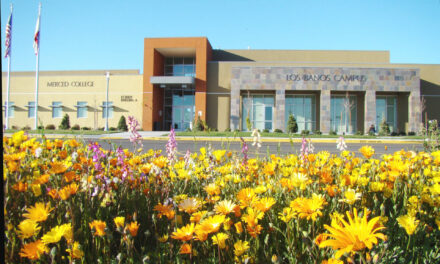Los Banos, Dos Palos, and Firebaugh PG&E residential customers will pay an average of more than $32 a month next year primarily to bury electrical lines to reduce wildfire risk more than 60 miles away from the Westside.
Then in 2025, under the California Public Utilities Commission decision last week, the average residential bill will go up another $4.50.
The combined $36.50 rate increase that will be in effect in December of 2025, will decrease $8 a month in 2026.
Altogether, PG&E will receive $13.52 billion overall from the rate hike. Of that, 85 percent will go to improving the safety PG&E’s electricity and natural gas distribution systems.
More than $1.1 billion of the rate hike is expected to translate into profit for PG&E.
The CPUC allows PG&E and other for-profit utilities to have a return — basically a profit — that accounts for at least nearly 11 percent of every dollar they collect from customers for transmission and distribution as well as the cost of electricity and gas that is consumed.
Critics such as the Toward Utility Rates Normalization that advocates for consumers, argues since PG&E failed to invest in critical safety work over the years, the cost to bury lines should come from the company’s profits.
At a minimum, critics believe it is wrong for PG&E to profit off of the safety work.
The decision by the CPUC could have been worst.
Originally, PG&E wanted a rate increase that would have translated into $58 plus a month for the average residential customer so it could bury 2,100 miles of power lines in areas that are at high risk for wildfires.
That represents less than 10 percent of the utility’s 27,000 miles of above ground wires.
The rate increase is a direct result of PG&E’s second bankruptcy in 20 years after a 100-year-old plus hook that costs less than $2 to replace failed on a power transmission line in Butte County.
That set off the November 2018 Camp Fire.
PG&E pleaded guilty to 84 counts of manslaughter after it burned to death 84 of its customers in that fire that also destroyed more than 15,000 homes.
Before that PG&E in 2010 they killed off 8 customers when their natural gas pipeline exploded in San Bruno.
The blast that incinerated an entire Bay Area neighborhood resulted in a number of federal felony convictions with PG&E.
PG&E is also expected to roll out rate increases as it tries to extend the life of Diablo Canyon — and ultimately replace the nuclear power generated electricity with renewables such as solar and wind power.
In all debates about the future of Diablo Canyon it has repeatedly been pointed out it represents 9.6 percent of all of California’s electricity production.
That is true.
But PG&E’s 16 million customers are relying on that entire 9.6 percent of the state’s nuclear power generation to provide 49 percent of the power they use based on a March 20, 2023 corporate press release.
Diablo was scheduled to go off line in 202 .
Because utility and other generators couldn’t possibly get enough solar and wind power to replace that generated via nuclear reactors by then, Governor Gavin Newsom came up with a plan to extend the life of the reactors to 2030.
It would require $1.1 billion in public financing to extend the life of Diablo.
Some, if not all, of that cost will be passed on to PG&E customers.



